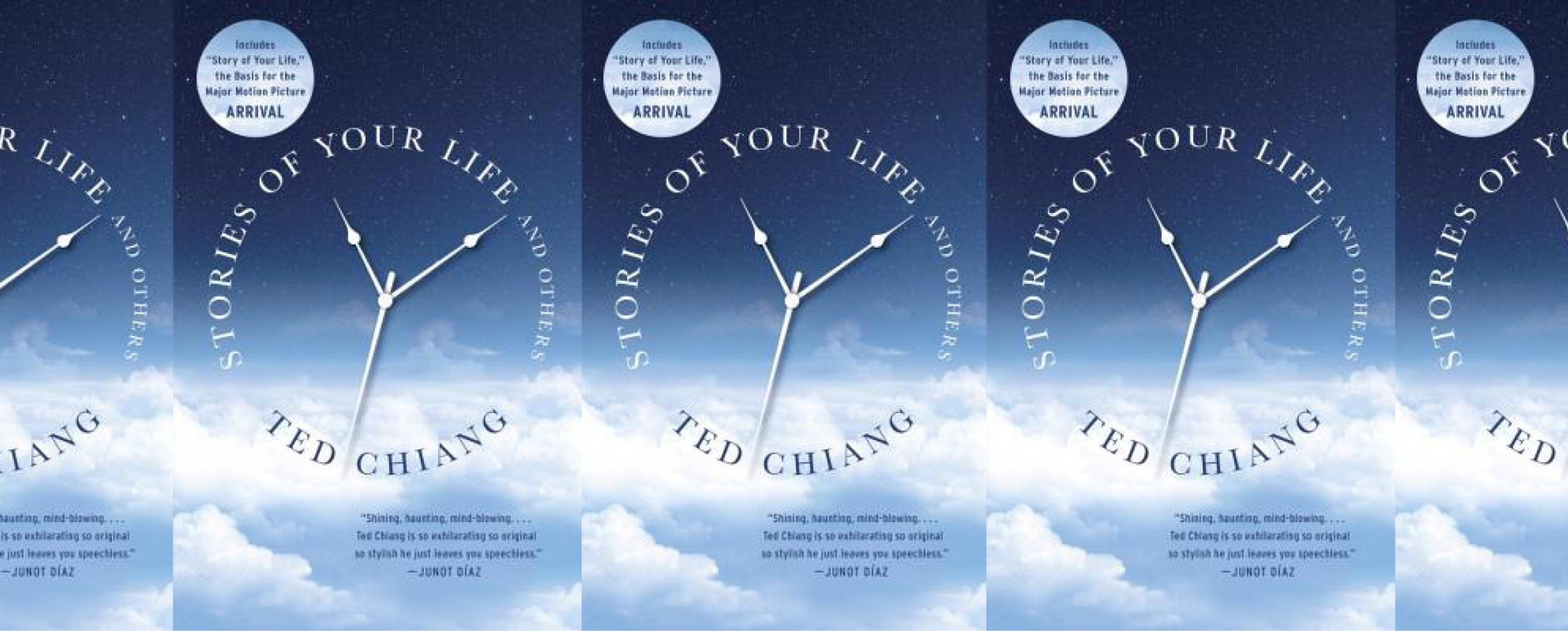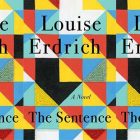The Unfamiliar and the Strange

Acclaimed science fiction critic Darko Suvin defines a science fiction narrative as one with “the narrative dominance of a fiction novelty” or “novum,” which allows for a kind of “cognitive experiment” that follows logically from that novum. In this definition, we see the necessity of both the familiar and the strange in sci-fi: while the genre necessitates some oddity to experiment with, whether that be a futuristic technology, an alien presence, or something more akin to a fantastical event, the experiment itself requires familiar logic and reasoning. The events and actions in response to the novum must be understandable to the reader to make the story, while fantastical, still credible and realistic. Readers of science fiction also tend to expect certain tropes, while still enjoying being surprised by new ideas and concepts, which makes the “blend[ing] of familiar and strange” an important tenet to sci-fi writing, as Brandon Sanderson makes clear in his lecture on the topic.
In order to satisfy this balancing of the familiar and the strange, sci-fi stories often conform to a “what if?” construction, centring the story on one key oddity—the “novum”—and then building the resulting events from what would logically follow. For example, The Matrix can be boiled down to one basic idea: what if we lived in a simulation? As such, this “what if?” scenario becomes the central suspension of disbelief for the audience, and so long as they accept this novum to be true in the world of the story, the rest of the events follow on logically in the form of a cognitive experiment, as Suvin describes.
This balancing act, however, is a rule that can be broken—at times with great success. Ted Chiang is an award-winning short story writer whose understanding of the sci-fi genre allows him to break these rules and write stories that, though overwhelmed with novelty, allow for even more experiment than a single novum could initiate. In many of his stories, Chiang combines multiple ideas and concepts that could form stories on their own, thus creating unique and enriching science fiction worlds that capture the imagination. This is demonstrated clearly in Stories of Your Life and Others (2002; republished as Arrival in 2016).
The fifth story of the collection, “Seventy-Two Letters,” combines two novums. In an alternate Victorian England, both the Jewish figure of the golem and the alchemical idea of homunculi are brought into reality. In the world of the story, golems are used as automata in factories, and are inscribed with Hebrew words that give them form and determine their function. Meanwhile, homunculi are tiny representations of the human body found in sperm, believed to give humans their form while the ovum gives life. The narrative focuses on the discovery, through experiments with homunculi, that human beings will become sterile in only a few generations, bringing forth the necessity for a new process of procreation. As such, the homunculi and golem technologies are combined: unfertilised ovum will be inscribed with Hebrew words to give them form, the same way they do for golems, removing the need for sperm. The characters need only find the right combination of letters to allow full human capabilities.
Taking either one of these ideas as the conceit of a story would function alone as a fascinating novum, but instead Chiang combines the two, requiring his audience to suspend their disbelief that not just one could be true, but both. The resulting “experiment,” as Suvin would call it, is a tale about what makes a human being, and whether our essence can be whittled down to seventy-two letters inscribed at conception.
Similarly, the collection’s title story, “Story of Your Life,” which was adapted into the acclaimed film Arrival in 2016, combines two concepts using one main novum. In this story, Chiang introduces us to Louise, a linguist who is tasked with communicating with an alien species called heptapods, so named due to their seven limbs. As Louise’s research progresses, told to the reader alongside memories of her daughter, who died young from cancer, it becomes clear that the heptapods’ language has a strange relationship with time: just as their sentences cannot be read linearly, being fluent in the language causes Louise to perceive time as non-linear. We discover, toward the end of the story, that the memories we have seen of Louise’s daughter are in fact premonitions of the daughter she will have in the years to come.
Here, while only one novum appears to be present (the heptapods’ language), it serves as a means of combining two seemingly unconnected topics: language and time. Rather than combining two disparate novums into one experiment, the novum in “Story of Your Life” unites two existing technologies in our world, defamiliarizing our understanding of both. Thus, in this story, the strange continues to overwhelm the familiar, as even mundane concepts are consistently made strange.
In both cases, the way Chiang achieves this overabundance of the strange is rather simple: he introduces each concept separately before combining them toward the end of the story. Both stories described here are made up of short fractions, which switch between the two ideas. In the case of “Seventy-Two Letters,” we at first follow the main character in his automata workshop, before moving to the lab where we are introduced to the homunculi. Chiang ensures both concepts are fully understood apart from one another before it becomes obvious how the two intertwine. In “Story of Your Life,” a similar tactic is used, as the story is formed of fragmented memories of Lousie’s child told alongside the story of how she learned to communicate with the heptapods. In both cases, the reader is left unaware of how these two “sides” to the story will interact until quite late, leaving a sense of mystery as to how Chiang will resolve both elements. Thus, it is necessary that hints are given even as the reader is still being taught the rules of the world, and this is done in an intentional manner, though with a light touch. For instance, Louise’s “memories” throughout are told in future tense: “I remember a conversation we’ll have when you’re in your junior year of high school.” As such, even before the reveal that time has been distorted by Louise’s knowledge of the heptapods’ language, the reader is made to view her memories as strange due to the presence of both remembrance and the future.
Chiang does not, however, entirely discard familiarity; if he did, his stories would be near incomprehensible. Instead, he manages to balance his worlds’ strangeness with the constant presence of logic. For both of these stories, the reader is able to guess at how the two ideas will connect before they do, because once you understand both concepts in full, it is logical how they snap together. As described above, Louise’s memories are written so that their tense is odd, and once you learn enough about language to understand the idea of it affecting the way we think, you start to question this even further. Once you learn the need for a new way to create life in “Seventy-Two Letters” and understand the function of automata in the world of the story, you begin to wonder if one technology could replace another. Chiang expertly crafts his stories to reveal the perfect amount of information at the right time, allowing for a kind of mystery to unfold about the story’s possible conclusions that the reader is invited to figure out. As such, Chiang’s stories are both enriching and compelling, as the reader becomes desperate to see how the “what if’s?” collide.
In these stories and others, Chiang demonstrates his understanding of the importance of the familiar and the strange in science fiction, and uses this fluency to break the “rules.” The presence of robots, scientists and aliens, familiar to any sci-fi reader, is coupled with an abundance of oddities and novums, which collide in interesting and mysterious ways. While Suvin is by no means incorrect in identifying the novum as the centre of a sci-fi story, Chiang’s stories introduce the possibility of multiple novums coming together, or else a novum serving to unite disparate topics and ideas. Thus, Chiang demonstrates that balancing the familiar and the strange in science fiction is not simply a case of having some new technologies alongside old ones, but in fact understanding what is familiar in the genre of sci-fi and how logic itself can serve as a kind of familiarity to guide the reader through novel ideas.
About Author
Meg Horridge is a writer from London, currently studying at Lancaster University. They write short fiction, essays and poetry, which can be found on their blog: www.meghorridge.com



